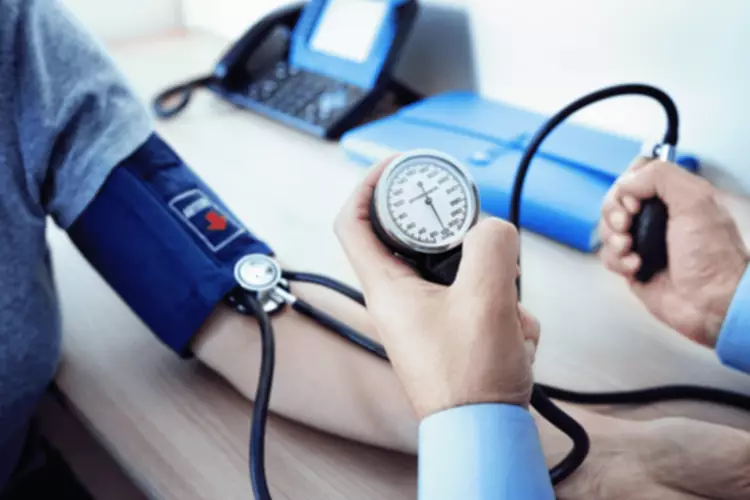
Often called “drunk driving” interchangeably, it refers to operating any vehicle (including bicycles, motorcycles, golf carts, etc.) while impaired. Most states have set the legal BAC limit for driving at 0.08 grams of alcohol per deciliter (g/dL); the limit is 0.05 g/dL in Utah.1 However, impairment starts at lower BAC levels. Information on the effects of alcohol on driving at a range of BACs is available here.

Physical Health Effects of Alcohol
If you or someone you care about is battling an alcohol addiction, know that help is available. Inpatient and outpatient treatment programs are available across the country. Young people between the ages of 21 to 25 years old are the most likely to drive drunk.
Effect of different breath alcohol concentrations on driving performance in horizontal curves
This high-visibility enforcement campaign runs during specific times of the year. Messaging should include the consequences of drunk driving and be supported by increased law enforcement. The underage DUI laws of many states—including Washington, South Carolina, and Colorado—prohibit the operation of a vehicle with a BAC of .02% or more. Other states prohibit underage drivers https://ecosoberhouse.com/ from operating a vehicle with any measurable amount of alcohol in their system. So even if not visibly impaired, a driver who’s under 21 years old can be charged with an underage DUI based on having a very small amount of alcohol in his or her body. But in many states, a third or subsequent DUI or a DUI involving personal injury or death can be charged as a felony.
- Among drivers in fatal crashes who had a zero BAC, only 10 percent experienced a vehicle overturn and only 10 percent struck a fixed object.
- Further, subsequent DUI offenses generally trigger longer sentences.
- In 2017, drunk drivers with a BAC of 0.08% were responsible for the deaths of 10,784 people around the United States.
- These laws, which have been enacted in every State, make it illegal for drivers under 21 to drive after any drinking.
- These diseases disrupt liver function, severely damaging the body over time.
Effects of alcohol on automated and controlled driving performances
Over 10,000 people die from drunk driving accidents every year.14 Drunk driving puts everyone on the road in danger. A Driving under the influence (DUI) offense may cause you to lose your license, pay a hefty fine, or end up in jail. An impaired driving incident will also result in driver’s license penalties. A DUI conviction normally carries possible imprisonment, fines, and license-related penalties. State laws establish the penalty ranges based on the number of prior DUI convictions as well as other aggravating factors. This article is dedicated to Becky Fiegl, age 32, and her son Timmy, age 22 months, who were fatally injured in a crash September 19, 1984, when their automobile was struck by a vehicle whose driver registered a BAC of 0.16 percent.
Buzzed Driving Is Drunk Driving
However, some people have genetic variations that affect the activity of these enzymes. These variations can determine how quickly or slowly you metabolize alcohol, making you more or less susceptible to its effects. People at this level may think they are driving a vehicle correctly. In reality, they are swerving, weaving, running red lights, and having trouble staying on the road.
However, for more frequent alcohol users, hangovers can seriously affect the quality of your life and lead to mental, physical, social, and interpersonal issues. A person is 380 times more likely to be in a fatal crash at .15 BAC than when sober. The drinker will be sloppy, have difficulty standing up, may become dizzy, and begin to vomit.
Psychological Effects of Alcohol
- However, the court often has the discretion to issue a restricted hardship license to the driver.
- However, it’s important to note that critical thinking and fine motor skills begin to drop as soon as a person has taken their first sip of alcohol.
Not only are there legal consequences for drunk driving, but you can injure yourself and others. Drivers who are younger than 21 years old are generally prohibited from consuming alcohol and are certainly prohibited from driving after drinking. State laws that prohibit underage drinking and driving go by different names such as “zero-tolerance,” “underage DUI,” “minor DUI,” “not-a-drop,” and the like. In many states, an impaired driving conviction requires the offender to complete an alcohol and drug evaluation, the results of which can be used by the judge to decide whether treatment is appropriate. Depending on the circumstances, the driver might have to complete inpatient or outpatient substance abuse treatment or just an educational course on substance abuse. In DUI cases, a key factor is also where the driver was operating the vehicle.
Although 14 percent of drivers in alcohol-related fatal crashes in 2002 were between 16 and 20, this age group represents only 7 percent of the population. Likewise, 49 percent of drivers in alcohol-related fatal crashes were ages 21 to 45, and this age group makes up 35 percent of the population. Most drivers in consequences of driving drunk include: alcohol-related fatal crashes are male (73 percent) (NHTSA 2003a,e). The physical and mental effects of drinking alcohol have been proven to impair driving ability to the extent that a person entertains substantially greater risk of being involved in a fatal collision, should they choose to drive while impaired.
- This section examines trends in drinking and driving over approximately the past 20 years.
- Drivers with a BAC of .08 are approximately 4 times more likely to crash than drivers with a BAC of zero.
- Men are most likely to be involved in this type of crash, with four male drunk drivers for every female drunk driver.
- Visual functions begin to decline with a blood alcohol concentration (BAC) of just .02%, the equivalent of only one to two drinks.
- Sixteen- to 20-year-olds have had the greatest decline in alcohol-related traffic deaths since 1982, down 56 percent, from 5,244 to 2,329 (see figure 3).
- A person is 380 times more likely to be in a fatal crash at .15 BAC than when sober.
- A typical example is the drug laws of the state of California (California vehicle code section (F) VC which states that it is illegal to drive under the effects of both prescribed and non-prescribed painkillers such as Vicodin, Oxytocin, Codeine, and others.

This fact sheet highlights strategies that states can use to address drug-impaired driving and identifies actions that can be taken. Because of the number of factors that affect BAC, it is very difficult to assess your own BAC or impairment. Even small amounts of alcohol affect one’s brain and the ability to drive.

Special Activations Within the Next 90 days
In 2016 drunk driving accounted for 28% of all deaths related to road traffic, with a body count of 10,497. All states have some form of administrative revocation laws, often called implied consent laws. Essentially, when a person is lawfully arrested for impaired driving, he or she is required to take a chemical test of breath, blood, or urine if requested to do so by an officer. The purpose of this testing is, of course, to determine the presence and amount of alcohol or drugs in the driver’s system. A test that reveals an unlawful alcohol or drug concentration will usually result in license suspension, regardless of whether the driver is convicted of a DUI in criminal court. And drivers who refuse to submit to a chemical test often face longer license suspension (than that for a failed test) and possibly other penalties and consequences.